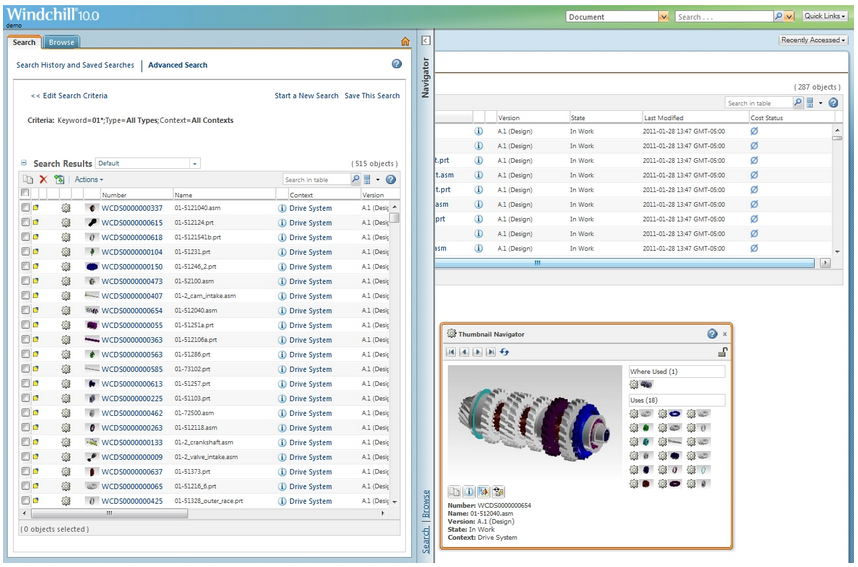 PDM is really important to help control access and share information. Research into PDM shows that there is strong correlation between business performance and a company’s ability to manage their data successfully. Companies that were able to grow revenue and profit are typically better at data management than average companies. So having a PDM solution in place can be an important factor for driving business.
PDM is really important to help control access and share information. Research into PDM shows that there is strong correlation between business performance and a company’s ability to manage their data successfully. Companies that were able to grow revenue and profit are typically better at data management than average companies. So having a PDM solution in place can be an important factor for driving business.
Alongside this, it is also very important for the engineering organisation. Before design release, it can be very chaotic. Engineers and designers have to try multiple design options, to find the right solution. Unless there is a way for them to track what they did yesterday and the week before, as well as what they want to keep and what they want to discount, it can all get very messy.
But, when you’re just a small or medium sized business is PDM something that is essential for you? Is it going to help give you the competitive edge or is it just overkill for smaller design teams. Let’s take a look at the arguments on both sides.
What are the factors that SMEs need to consider when it comes to PDM?
You need to be careful about what you do adopt, as PDM can span a lot of different functionalities. Typically what can benefit small organisations is to adopt the CAD data management capabilities that PDM offers. This way it can become both a personal productivity tool, helping individuals to manage the hundreds of files that can go into just one assembly. It can also be used as a coordination tool between team members working on the same design project. With this approach, however, it does limit the scope of PDM within the organisation. This means that if you don’t have a dedicated IT team or similar, then you’re not overstretching your budget or your resources to implement a PDM solution.
There is also the argument that limiting PDM to just the CAD data management capabilities isn’t far enough. For some small businesses, having a PDM solution that scales beyond the work group can bring real benefits. This includes making the transition between design and manufacturing smoother and also enabling a broader group of people to work on the design itself. Also, it makes it easier for the organisation to share data and information with external stakeholders and partners. This can then be used as a foundation to grow further.
Getting the scope of a PDM implementation right is arguably the most important consideration for small businesses, as it is your specific business needs that will determine the right fit for your company.
Want to find out more? Download our free guide: How to tackle prod-dev collaboration challenges
